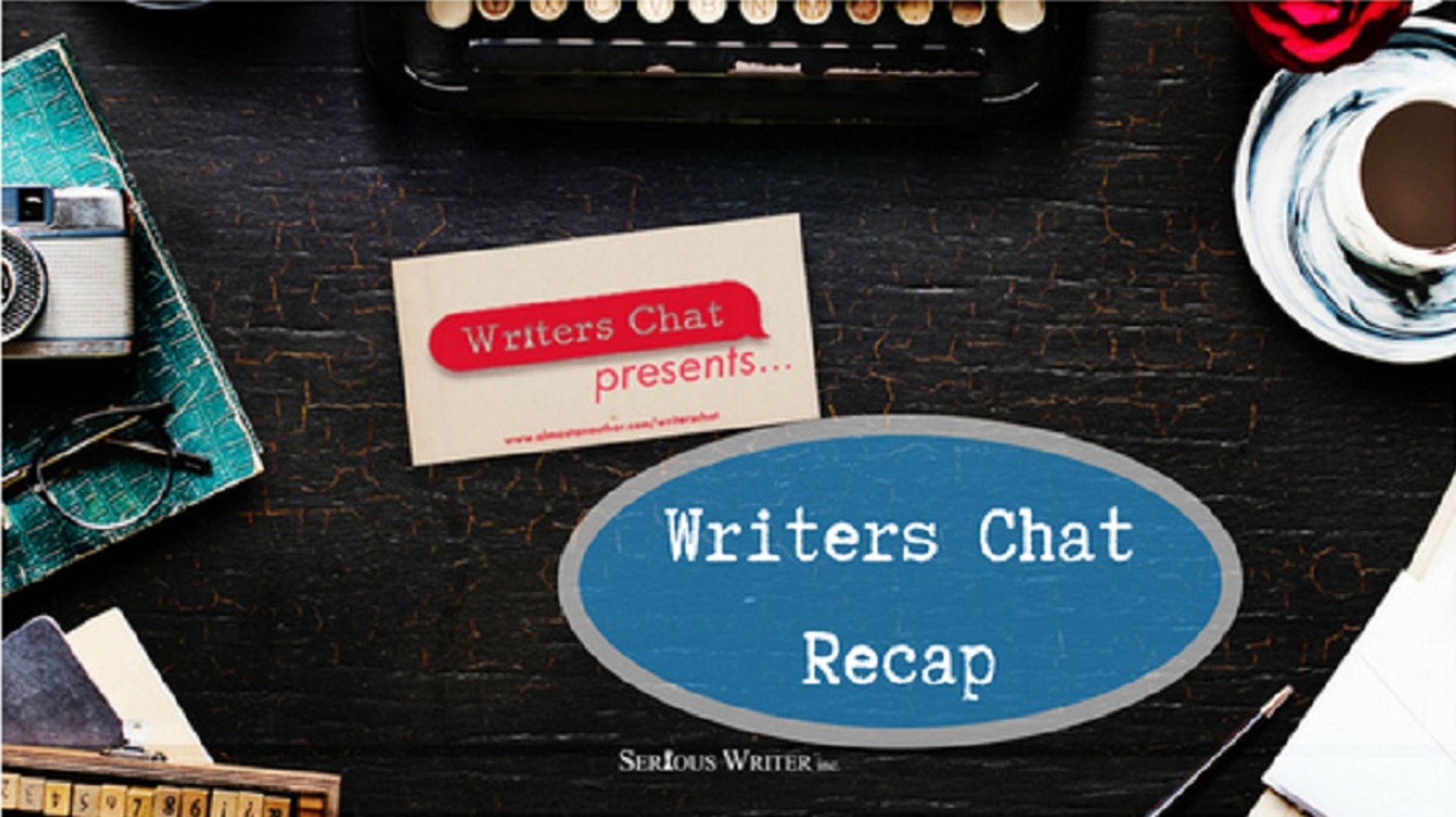
The Picky Pen
Considering Word Choice
Previously, we talked about the need to vary sentence structure to keep your writing from sounding repetitive. In that…
October 22, 2024
Previously, we talked about the need to vary sentence structure to keep your writing from sounding repetitive. In that…
October 22, 2024
Writers Chat, hosted by Jean Wise, Johnnie Alexander, and Bethany Jett, is the show where we talk about all…
November 30, 2019
I fell in love with Langston Hughes’ poetry when only a teenager in high school. Still today, I enjoy…
February 5, 2016
Rhetorical questions don’t require (or deserve) an answer. Do they? But how about those rhetorical devices—those figures of speech…
August 29, 2015